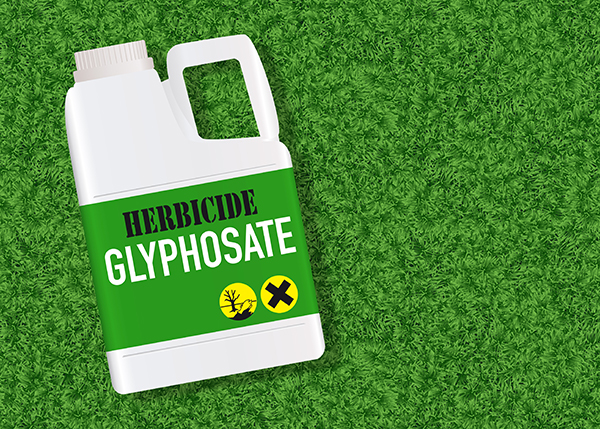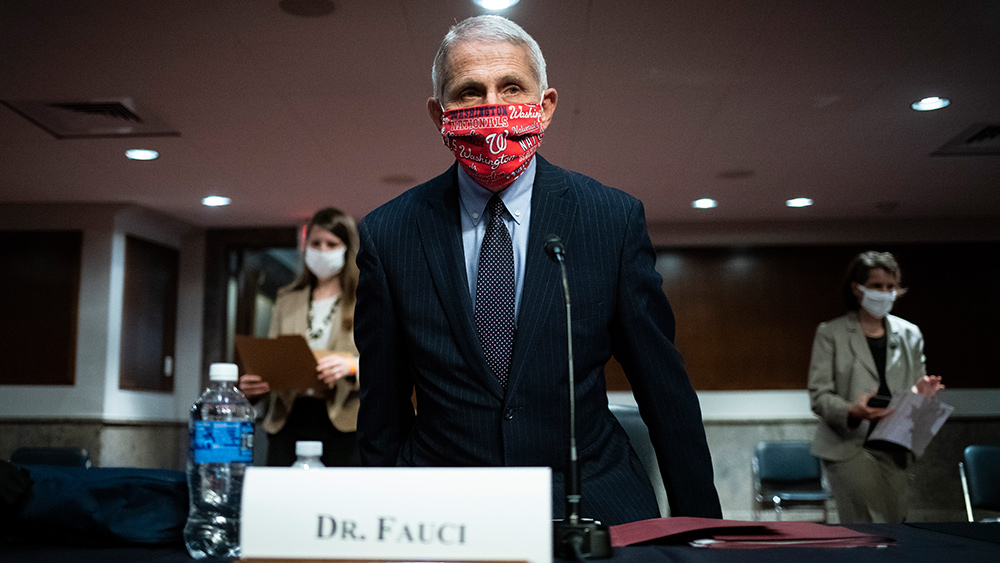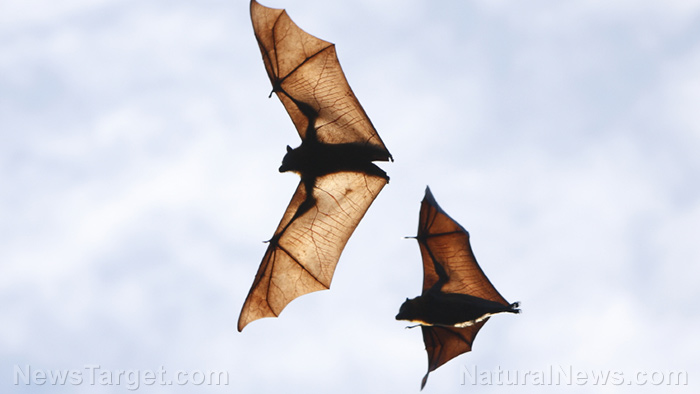
(Article by Reid Wilson republished from TheHill.com)
Hundreds of migrants flock to the sunny high desert each summer, where they live in riverside dormitories and camps as they harvest apples, peaches, cherries and grapes for Gebbers Farms, one of the biggest fruit growers in the Pacific Northwest.
Those workers are now at the heart of a massive surge in coronavirus cases that has made Okanogan County one of the hardest-hit areas in the world. In the last two weeks, almost 1 percent of the county has tested positive for the virus.
On a recent afternoon, several middle-aged men sat under a shady tree outside the emergency room at Three Rivers Hospital, seeking relief from the 100-degree heat. Most visitors to the hospital come to get tested for the virus, said Scott Graham, its CEO.
“We’re seeing people who are much sicker than in the past. They’re waiting longer, and when they get here they’re sicker,” Graham said during an interview in his office that looks out on a crowded parking lot. “We’ve had some COVID patients come here and it was too late. They died here, in the ER.”
As harvest season approaches in other parts of the country, residents and migrant laborers in agricultural communities are particularly at risk of widespread infection. Across the U.S., rural communities have been largely spared the worst of the pandemic, but the influx of new people who live together in tight quarters where social distancing is difficult is raising fears of viral outbreaks.
“You’re talking about a working community that doesn’t have the funds to support their family from home,” said Manny Hurtado, whose family owns a grocery store and restaurant here. “When you can’t stay home because you don’t have the funds available to feed your family, it’s hard.”
Brewster is the epicenter of the latest surge. It is home to just 2,600 residents, about 6 percent of Okanogan County’s population. But it accounts for more than 62 percent of the county’s 724 confirmed coronavirus cases, the vast majority of which have been confirmed in just the last two weeks.
On Friday, a 63-year-old guest worker died at a Gebbers camp, two weeks after showing the first symptoms of COVID-19. He was the fifth person in Okanogan County to die of the virus.
The coronavirus came here in late March, well after it began to devastate early epicenters. The county reported its first confirmed case on March 25, around the same time New York City hit its peak. Months later, some are still convinced the entire pandemic is overblown at best, or at worst a figment of the imagination.
“People think it’s a hoax until they get it,” Graham said.
The potential for widespread transmission in rural agricultural communities threatens to overwhelm health systems that are already stretched thin. When the pandemic roared to life in March and April, rural hospitals suffered as patients began canceling regular check-ups and procedures and states banned elective surgeries to free up capacity.
In Brewster, Three Rivers Hospital relied on federal grants just to keep the doors open.
“We came really close to closing back in March, April,” Graham said. “This hospital, like a lot of rural hospitals recently, has struggled financially.”
In big cities, robust public health systems are well-financed and armies of contact tracers can deploy to track down those who might be infected. In smaller communities, public health systems are run on shoe-string budgets, supplemented when necessary by state and federal grants. Some of the nation’s smallest counties share a single public health officer between them.
Okanogan County budgets just $1.4 million for its public health system annually.
“Public health in Washington state, and I’m sure other states, just doesn’t get the credit that it deserves. And there’s definitely not enough funding that’s put into public health by the state,” said Andy Hover, the county commissioner whose district includes Brewster. “It’s not equipped to deal with the 24/7 of trying to do this.”
Early in the pandemic, meat-packing facilities in states like Iowa, Nebraska and South Dakota were epicenters of substantial outbreaks. Now, public health officials worry new outbreaks will spread in orchards, fields and farms that feed the nation — and spread from there.
“We are learning a lot of lessons about making sure that folks have face coverings not just on the job, but if they’re in more congregate or tight-living quarters,” said Mandy Cohen, who runs the North Carolina Department of Health and Human Services. “We’re trying to get at the high-risk industries, but what happens is those folks also go home, so they bring it back to their communities.”
Much of the onus for containing the outbreak in Washington will fall on companies like Gebbers Farms, a family-owned business that is Okanogan County’s largest employer. The company has spent hundreds of thousands of dollars testing its workers, and it has set up a separate dorm space for workers who need to be quarantined.
“Agriculture feeds the world, so it’s really tough to try to put things on hold,” Hover said. “They’ve been doing a really good job of taking temperatures and segregating people that are ill.”
The outbreak in Brewster also shines a light on the disproportionate impact the coronavirus pandemic is having on communities of color, and those on the lower end of the economic spectrum. Black, Hispanic and Native American people have died of the virus at a higher rate than whites, according to data compiled by the Covid Tracking Project.
About three quarters of residents in Brewster are Hispanic, according to Census Bureau data. Signs are printed in English and Spanish, with the Spanish version displayed first.
Just up the road, tourist enclaves like Winthrop and Twisp, where the virus has been virtually absent, are almost entirely white.
“I see people wearing their masks, I see people trying to do their distancing and follow what the health department guidelines are. I haven’t seen anybody not follow the regulations,” Hurtado said. “Everybody’s taking precautions. Like many other places, we didn’t really expect this to take off.”
Read more at: TheHill.com
Please contact us for more information.























